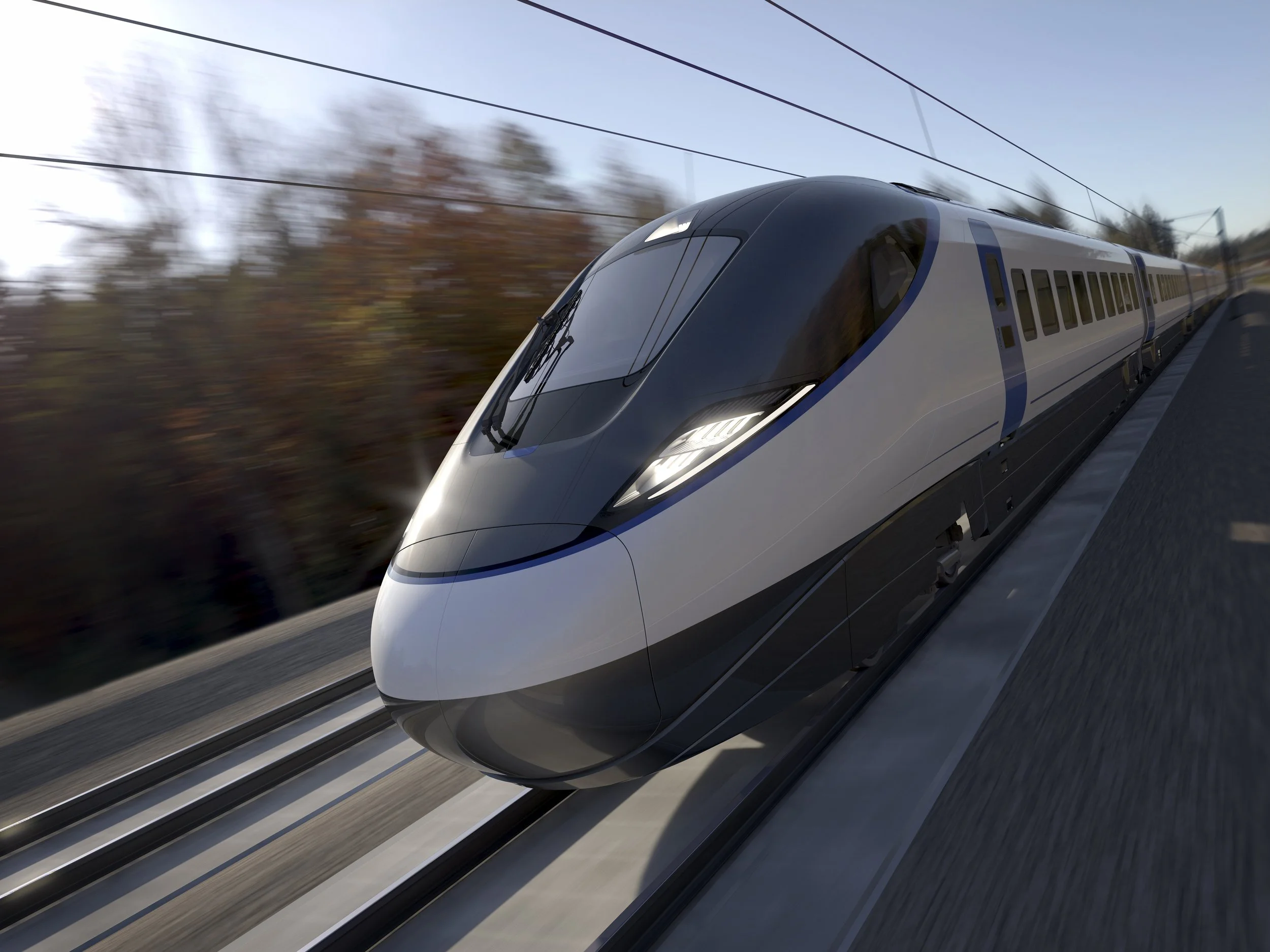New HS2 plan sets low carbon, long-distance transport solution targets
HS2’s newly published Net Zero Carbon Plan sets out how HS2 will achieve new carbon reduction milestones, support the decarbonisation of the UK construction sector and reduce the carbon footprint of the programme.
The plan includes the commitment that HS2 trains will be powered by zero carbon energy from day one of operation, “offering a cleaner alternative to long distance car journeys and domestic flights”, while supporting the government’s 2050 target to tackle climate change.
This commitment, says HS2, will play a key part in its aim to make the project net zero carbon from 2035. Other major new targets include aiming for diesel-free construction sites by 2029, with the first one expected in 2022. Carbon emissions from steel and concrete will be reduced by 50% by 2030 compared with 2021 levels. To help achieve this, HS2 is collaborating with research organisations to accelerate innovation in low carbon technologies, such as alternative fuels and renewable energy.
Mark Thurston, HS2 CEO said, “HS2 is completely committed to reducing our carbon emissions as we design, build and operate the new railway. We’ve ensured that tackling climate change is an essential feature of all areas of our work – in design, in early works, and throughout major construction, allowing the project to build towards net zero from 2035.
“The new targets demonstrate the significant role HS2 will play in addressing the climate challenge, by providing a low carbon, long-distance transport solution and leading the construction sector to drive down carbon emissions.”
New targets contained within the plan include:
Using 100% zero carbon electricity generation to power its trains – making journeys on HS2 zero carbon for emissions from ‘day one’
Introducing the first diesel-free site in 2022 – and stop using diesel on all sites by 2029
Working with supply chain partners and industry peers to set ambitious new science-based targets in 2022 to tackle carbon emission ‘hotspots’ year-on-year as HS2 is built
Cutting emissions from concrete and steel by 50% (tCO2e/t) by 2030 compared with 2021 levels
Investing in innovation and forming partnerships to speed up ways to cut emissions in HS2’s supply chain
Cutting emissions from sources HS2 owns or controls and indirect emissions from electricity production
Offsetting residual carbon emissions that cannot be eliminated as HS2 is built, maintained and operated from 2035. This includes looking at ways to capture and store carbon emissions using nature-based interventions such as planting new trees to absorb carbon dioxide
HS2 is working with the supply chain and research organisations to pilot and implement low carbon materials, alternative fuels, renewable energy and new construction methods through the HS2 Innovation programme.
There are currently 32 innovative projects across the programme with projected savings of 1.6 million tonnes of carbon emissions.
In construction, highlights include:
trials of a new low carbon concrete product that cuts carbon emissions by 42% compared with standard concrete
a world-first pilot scheme using recycled wind turbine blades to reinforce concrete – cutting carbon emissions for reinforcement by up to 90%
using 3D reinforced concrete printing onsite, cutting quantities of concrete, reducing carbon emission by up to 50% and cutting deliveries by truck
pioneering the UK’s first electric forklift at a major construction site – achieving the same performance as a conventional model with zero emissions; and
using Clean Air Gas Engine technology, initially in site welfare units, to cut carbon on construction sites

